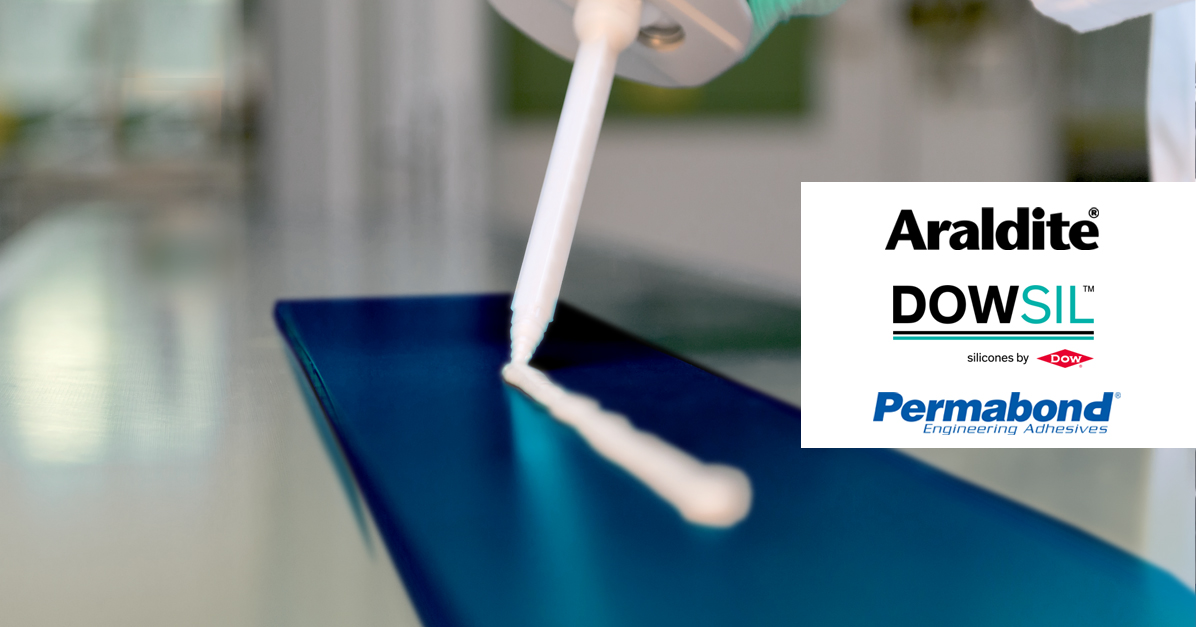How to bond ABS ?

Acrylonitrile-butadiene-styrene (also known as ABS) is a thermoplastic polymer, commonly used in molding processes and 3D printing.
ABS is a copolymer made up of varying proportions of three monomers ; acrylonitrile, butadiene and styrene combine to give ABS its distinctive properties. Acrylonitrile provide good chemical resistance and thermal stability ; butadiene provides impact resistance, and styrene provides rigidity (plus a glossy finish to plastic).
Why is ABS so popular in industry ?
ABS polymer is a popular material in manufacturing, thanks to its low cost of production, its ease of machining, and its ease of recycling compared to other plastics commonly used in industry.
It can also be combined with other additives to increase its properties (such as flame resistance and heat dissipation).
ABS is commonly used to produce automotive dashboards, instrument panels, covers for industrial machinery, protective equipment such as helmets, but also medical supplies and panels for refrigerators.
Main properties of ABS
• Surface energy: 42mJ / m².
• Maximum service temperature: 89 ° C
• Melting temperature: 100 ° C
Which adhesive should I use for bonding ABS?
Most adhesives, such as cyanoacrylates, two-component epoxies, structural acrylics and polyurethanes, are suitable for ABS bonding. MSP or silicone adhesives can also be used when a flexible solution is required. UV curing adhesives can also be used to form strong bonds with ABS, provided that light can reach the joint.
One way to choose the most suitable type of adhesive to glue ABS to is to observe the solvent or temperature resistance required for its application.
Solvent resistance
| Technology | Resistance to polar solvents (water, ethylene glycol, alcohols, acetone…) |
Resistance to non-polar solvents (oils, fuels, toluene…) |
|---|---|---|
| Cyanoacrylate | Bad | Good |
| 1K Epoxy | Very good | Excellent |
| 2K Epoxy | Very good | Very good |
| MS Polymers | Good | Midling |
| Polyurethanes | Good | Bad |
| MMA | Good | Good |
| UV Acrylic | Good | Good |
| Silicone | Very good | Good |
Temperature resistance
| Technology | Standard grade | High temperature grade |
|---|---|---|
| Cyanoacrylate | 90°C | 250°C |
| 1K Epoxy | 180°C | 300°C |
| 2K Epoxy | 80°C | 180°C |
| MS Polymers | 100°C | – |
| Polyurethanes | 90°C | – |
| MMA | 120°C | 160°C |
| UV Acrylic | 120°C | – |
| Silicone | 180°C | 260°C |
Surface preparation on ABS
Usually, ABS only needs to be degreased before bonding with an appropriate organic solvent. Samaro recommends to use some Socomore PF-Solvent wipes.
You could be interested in this blog post :